
Have you ever looked at a bullet and thought the entire thing flies out of the gun when fired? You’re not alone — many people assume that! But in reality, only a small part of what we call a “bullet” is actually the projectile.
Let’s break down how a bullet works using a simple explanation and 3D visual references.
💡 This blog is based on our 3D animated YouTube video. If you’re new here, we create easy-to-understand 3D explainer videos on science, technology, and engineering topics.
🎥 Don’t forget to check out and subscribe to our YouTube channels for more content like this!
🔍 What Is a Bullet?
When you see a bullet, you’re actually looking at a cartridge — a complete package made up of different components. Each part plays a key role in making the bullet fire properly.
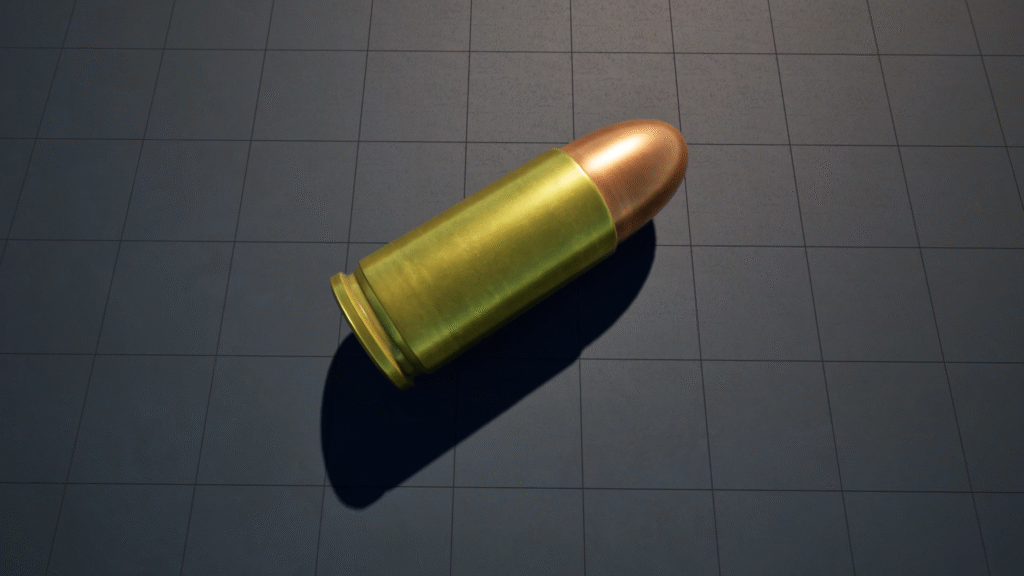
The main parts of a bullet cartridge:
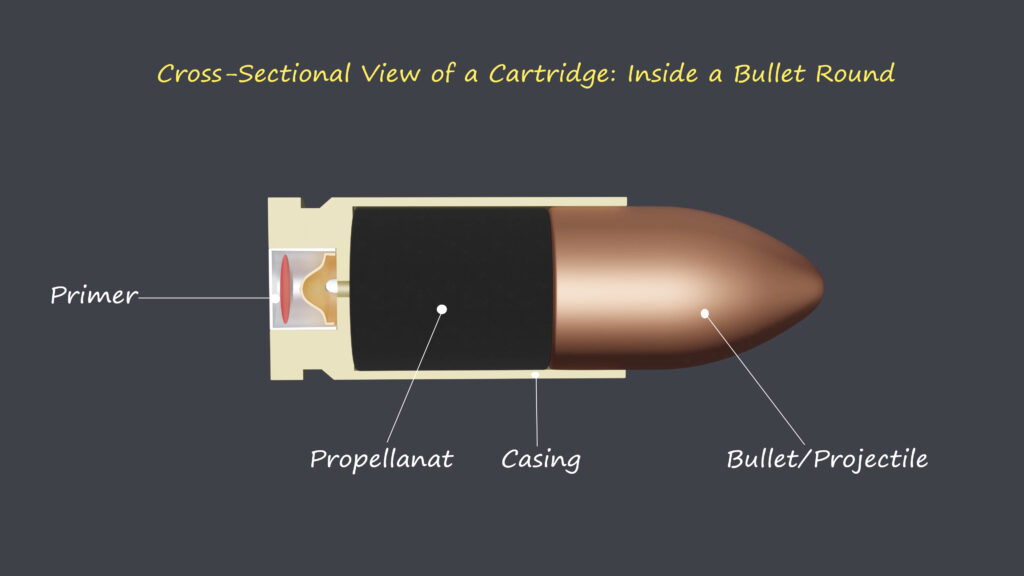

1. The Bullet (Projectile)
-
This is the actual part that shoots out and hits the target.
-
Usually made of lead or lead alloy, covered with a copper jacket.
-
Designed to be aerodynamic, so it can travel with less air resistance.
-
Typical weight: 7.5 to 9.5 grams.
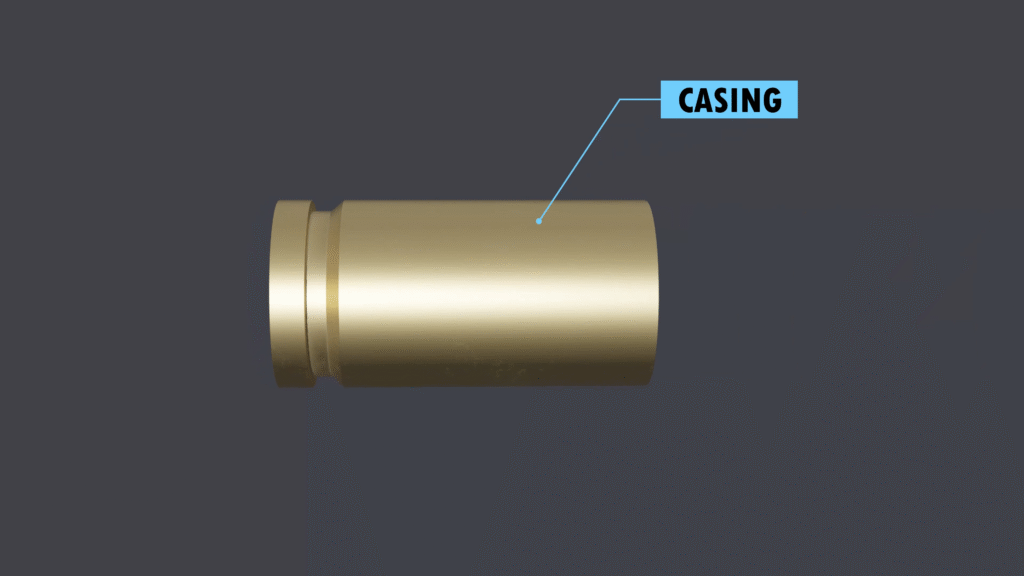
2. The Casing
-
Made of brass or steel.
-
Holds all internal components: bullet, propellant, and primer.
-
Acts as a sealed chamber, preventing gas from escaping during firing.
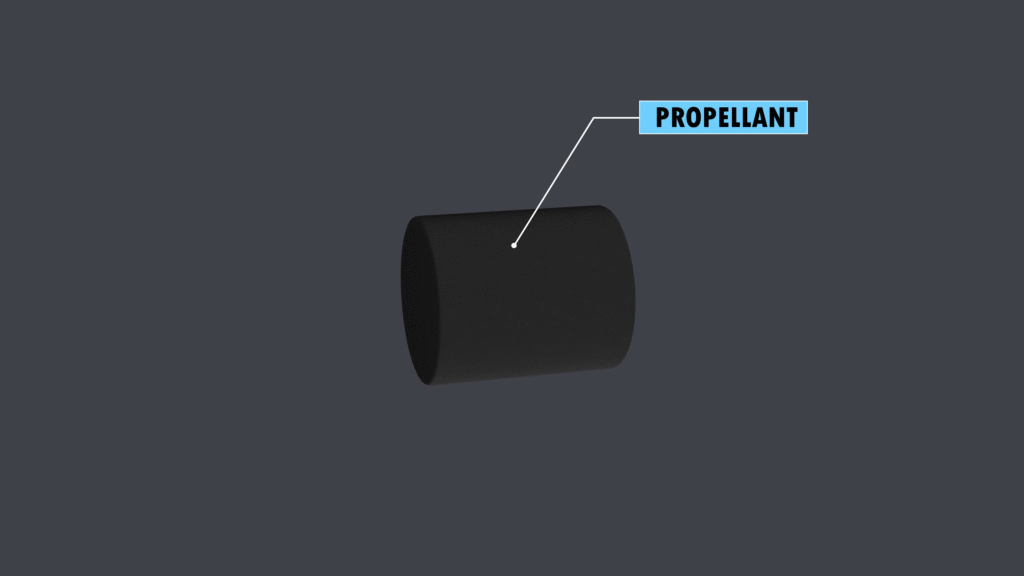
3. The Propellant
-
Older guns used traditional black powder.
-
Modern bullets use smokeless powder (a mix of nitrocellulose and nitroglycerin).
-
Amount used: 0.26 to 0.39 grams.
-
When ignited, it produces high-pressure gas that forces the bullet forward.
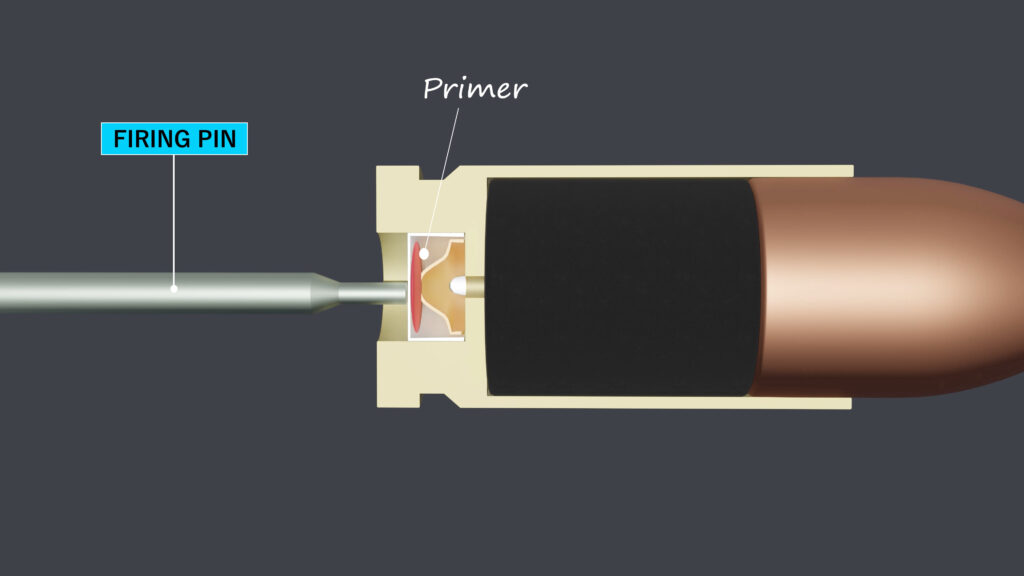
4. The Primer
-
A small explosive component located at the base of the casing.
-
Ignites when struck by the firing pin.
-
Its spark lights the propellant.
How Does a Bullet Fire?
Here’s what happens when you pull the trigger:
-
The firing pin hits the primer.
-
The primer ignites and sends a spark to the propellant.
-
The propellant burns rapidly, creating a huge volume of gas.
-
As the pressure builds, the bullet is forced out of the casing.
-
It exits the barrel and travels toward the target at 300–420 m/s.
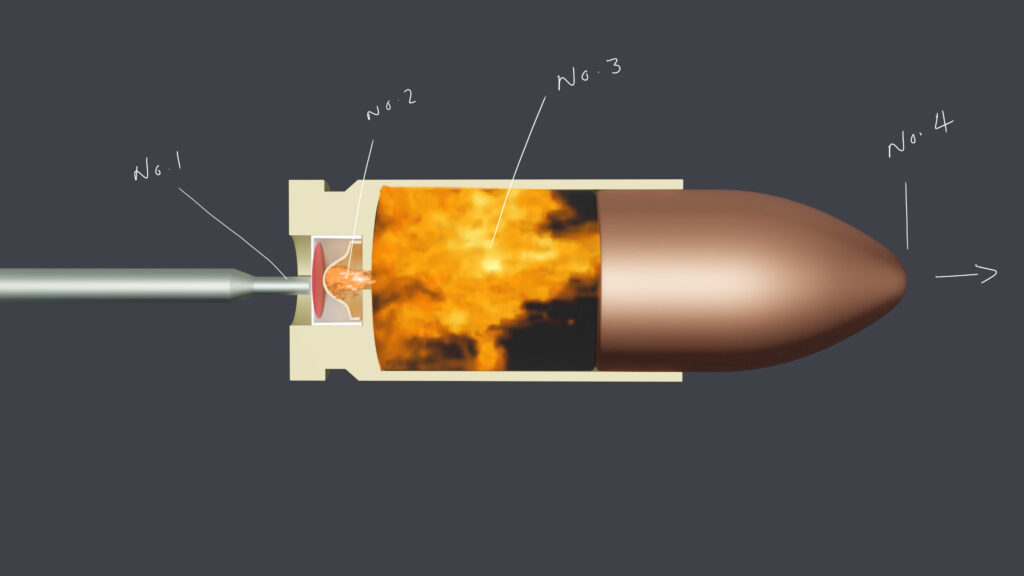
🔧 What Happens After the Bullet Leaves the Barrel?
Once the bullet exits the barrel, it’s not just about speed — physics continues to play a major role. The bullet follows a curved path called a ballistic trajectory, influenced by gravity, air resistance, and even wind. That’s why marksmen and snipers often have to account for distance and external conditions to hit their target accurately. The bullet also begins to slow down gradually due to friction with air. Most bullets are also spin-stabilized by the rifling inside the gun barrel, which improves accuracy by preventing wobble during flight. This is a fascinating part of ballistics that shows how much science is involved even after the trigger is pulled.
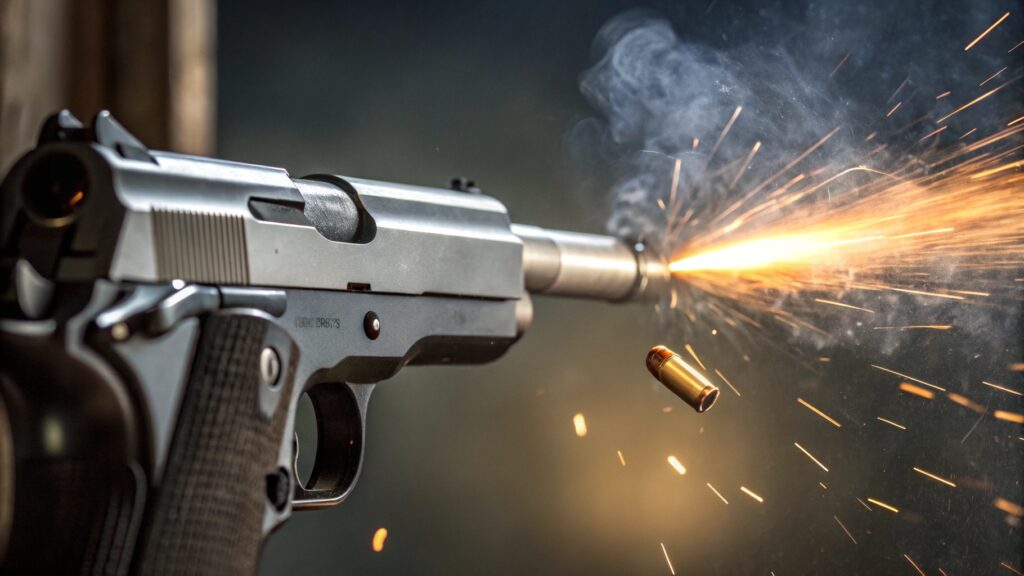
Bullet Firing vs. Cannon Firing – Similar Action!
Interestingly, this whole process is similar to how a cannon works — just on a smaller scale! In fact, our earlier video explained the cannon’s working in detail, and the principles are almost identical: build pressure, release it through a projectile.
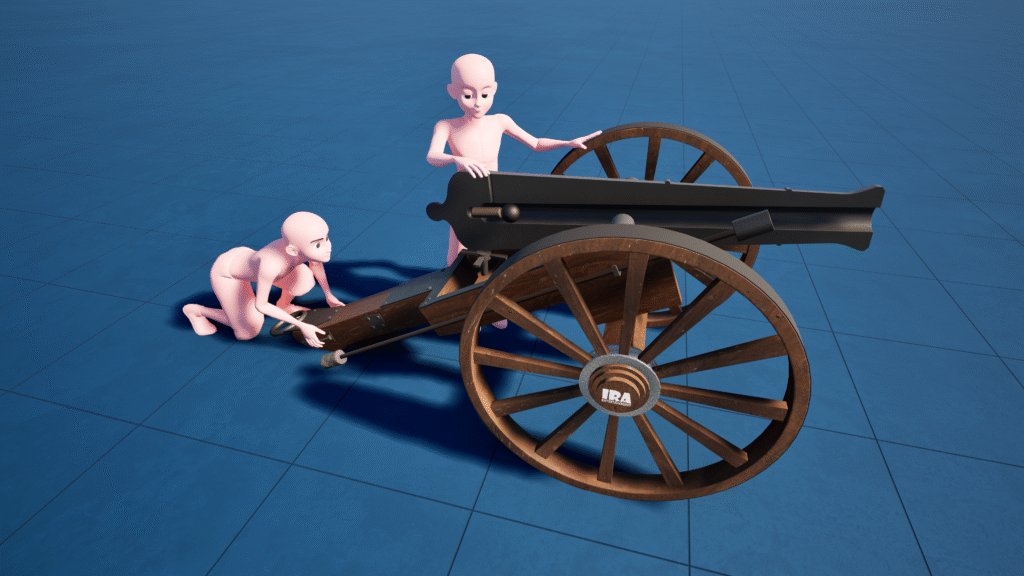
Conclusion
So the next time you see a bullet, remember: it’s not the whole thing that flies — just the tip! Behind that shot is a tiny but powerful chain reaction happening in milliseconds.
Want to learn more? Check out our detailed 3D explanation on How does a Grenade work?
➡️ Stay tuned to IRA Studios for more 3D animated explainers.
🎥 Subscribe to our Youtube channels for more content like this!
Want to see it in action? Watch our detailed 3D animated video on how a bullet works:
ENGLISH
MALAYALAM